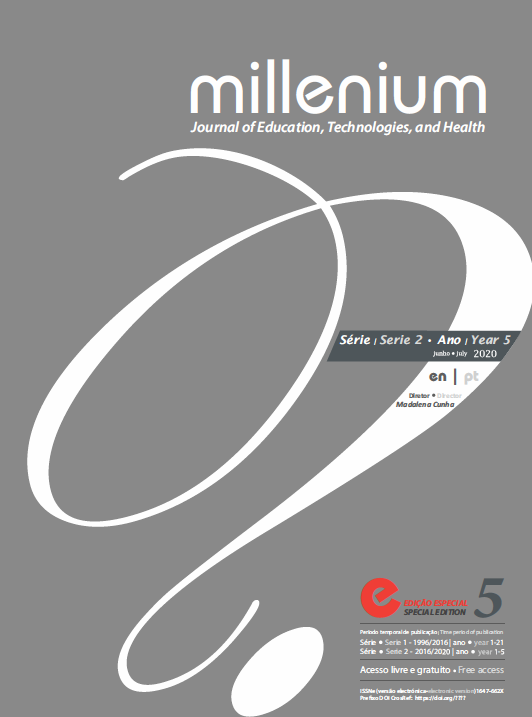Resilience of children and adolescents
perception of parents
DOI:
https://doi.org/10.29352/mill0205e.18.00243Keywords:
resilience, perception, parents, children, adolescentsAbstract
Introduction: Parenting has assumed a central role in health issues, due to the implications it may have, not only on the health and well-being of the parents, but especially on the healthy physical, cognitive and emotional development of children and adolescents.
Objetives: To analyze parents' perception of the resilience of children and adolescents.
Methods: A quantitative, descriptive and correlational study involving a non-probabilistic convenience sample of 592 parents. A sociodemographic characterization questionnaire and the Internal Assets subscale of the Healthy Kids Resilience Assessment Module (version 6.0), adapted for the Portuguese population by Martins (2005), were applied. It is a Likert subscale constituted by 18 items classified in 4 points corresponding to the following six dimensions: Cooperation and Communication; Self-efficacy; Empathy; Problem solving; Self-awareness and Goals and Aspirations.
Results: When analyzing the dimensions of resilience and the overall resilience factor of the children / adolescents as understood by the parents, it is verified that the highest average corresponds to the goals and aspirations dimension (M = 77.06 ± 21.75) and that the lowest average refers to self-efficacy (M = 62.37 ± 19.13). The coefficient of variation indicates a moderate dispersion when compared to the recorded averages.
The perception of younger parents is that children are more resilient in all dimensions of resilience, with significant differences for empathy, problem solving and global resilience, with these variables being considered in promoting positive parenting.
Conclusions: Parental age and age were predictors of parents' perception of their children's resilience, and these variables should be considered in the promotion of positive parenting and in the ability to adapt to adversity for the promotion of mental health and prevention of risk behavior in children and adolescents.
Downloads
Downloads
Published
How to Cite
Issue
Section
License
Authors who submit proposals for this journal agree to the following terms:
a) Articles are published under the Licença Creative Commons (CC BY 4.0), in full open-access, without any cost or fees of any kind to the author or the reader;
b) The authors retain copyright and grant the journal right of first publication, allowing the free sharing of work, provided it is correctly attributed the authorship and initial publication in this journal;
c) The authors are permitted to take on additional contracts separately for non-exclusive distribution of the version of the work published in this journal (eg, post it to an institutional repository or as a book), with an acknowledgment of its initial publication in this journal;
d) Authors are permitted and encouraged to publish and distribute their work online (eg, in institutional repositories or on their website) as it can lead to productive exchanges, as well as increase the impact and citation of published work
Documents required for submission
Article template (Editable format)





